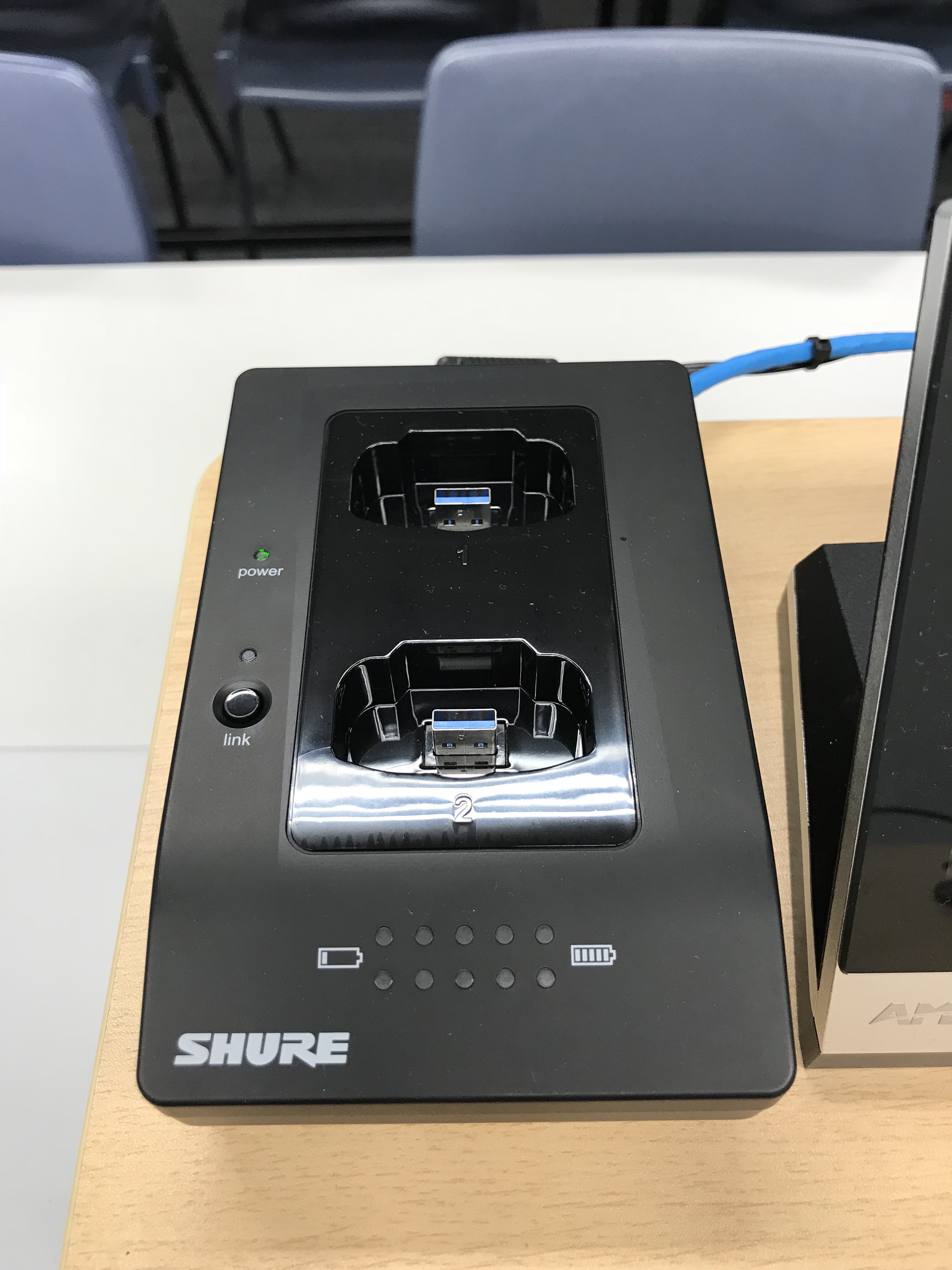Teaching & Learning IT

In the past few years, ITSC has been working together with our close partners including the Facilities Management Office and Academic Registry, on revamping the teaching venues on campus with digital audiovisual (A/V) infrastructure as well as smart facilities for teaching. We are pleased to report that all teaching venues on campus have now been revamped according to the new standards for classroom A/V.
Meanwhile, innovation for teaching and learning never stops. The University has launched the HKUST-Minerva Scholar Program starting from this semester and this has naturally prompted us to delibrate on the purpose and function of the future classroom. It is apparent that while we should continue to fune-tune our classroom setup incrementally to better suit the needs of our users, it is high time for the University to embark on the conception of the new generation classroom, considering what are emerging in higher education.
In this summer, we are excited by the opportunity to work with Prof T. C. Pong and his team on an initiative that blends a set of leading-edge technologies innovatively into a learning environment for enhanced instructor-student interactions and active learning. Meanwhile, in case you have other innovative ideas about our future classrooms, we would certainly be happy to discuss with you.
Mic4Me - A New Generation Of Wireless Microphone For Teaching
In this Fall semester, ITSC has started a pilot program to introduce a new generation of wireless microphone based on digital transmission technology, nicknamed the Mic4Me.
The University has been using analog wireless microphones in classrooms for many years. These conventional microphones utilize specific radio frequency channels. In order to minimize interference across neighboring classrooms, different frequency channels have to be assigned for different venues. As such, teaching colleagues may need to borrow a handful of microphones at different frequencies for different classrooms they teach in. Also, they must bring the CORRECT wireless microphone for a classroom in order for it to function properly.
Mic4Me is based on a new digital encoding technology, which is much more secure and less subject to interference. Also, the microphone is rechargeable by USB power source, which is much more environment friendly than our conventional analog wireless microphone that uses AA batteries. The most important is each of the new wireless microphone can virtually be used in any central managed classrooms and lecture theaters, without the limitation of matching frequency channels.
We invite 14 faculty members to join the Mic4Me Pilot Program in this Fall semester. 33 classrooms that are used by the 14 pilot users are Mic4Me ready. Each of these pilot users can use his or her own Mic4Me in multiple classrooms just by performing a simple linking step.
ITSC will monitor the acceptance and usage of Mic4Me. If the result is satisfactory, we are planning to further expand the pilot program in the coming Spring semester.



